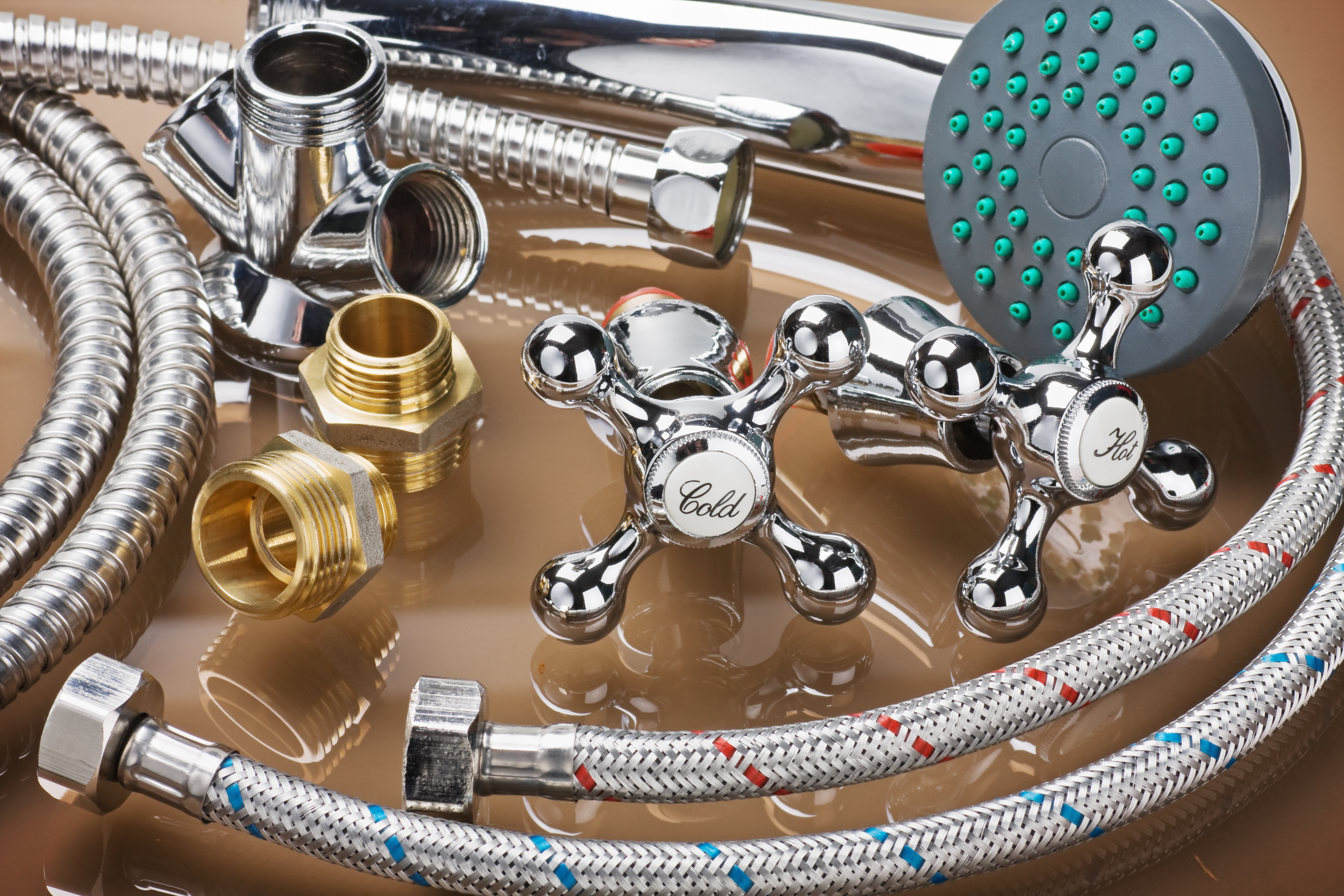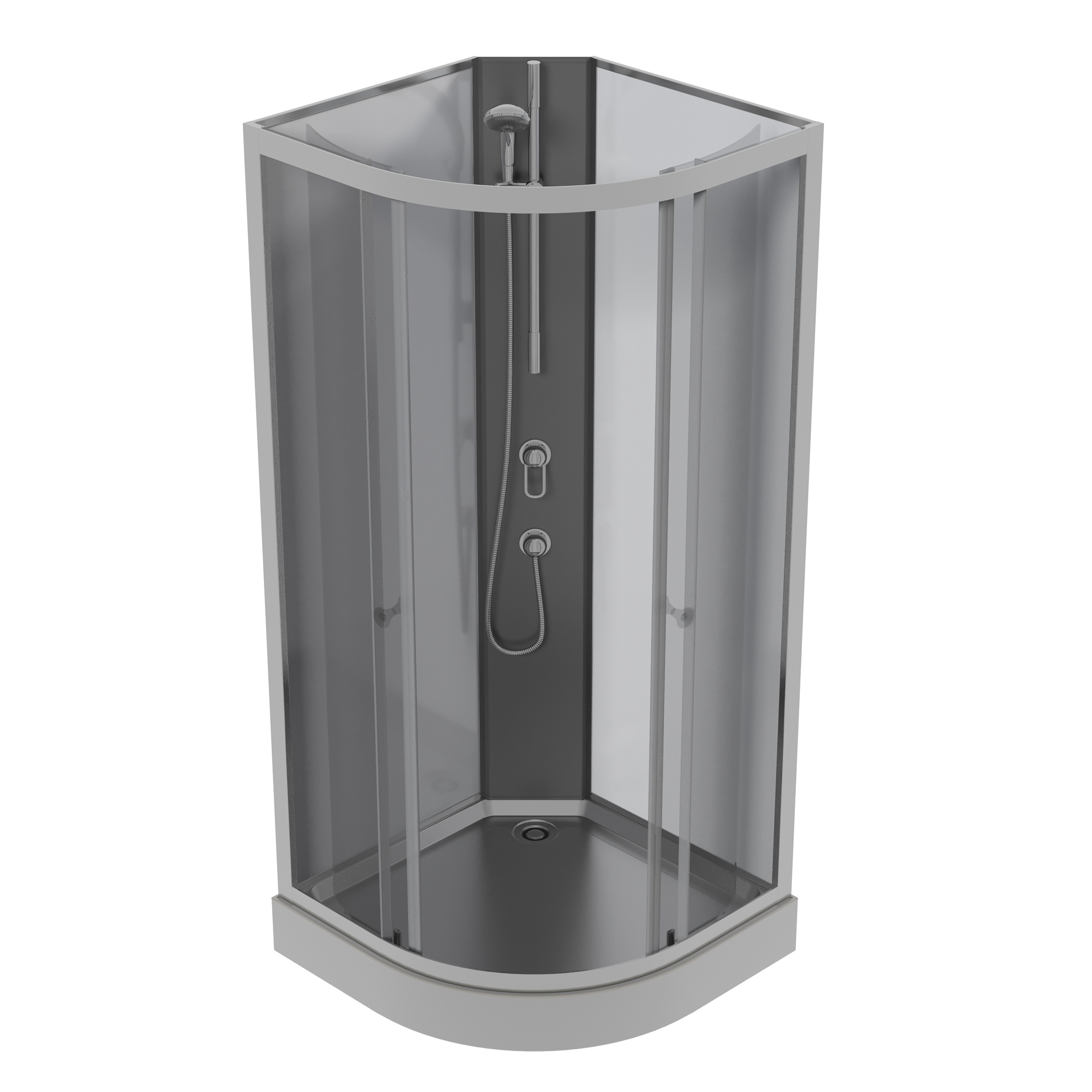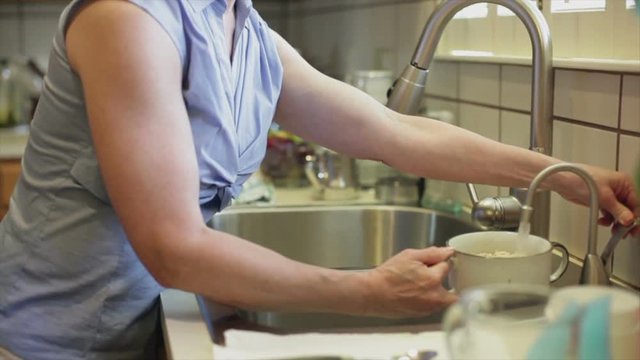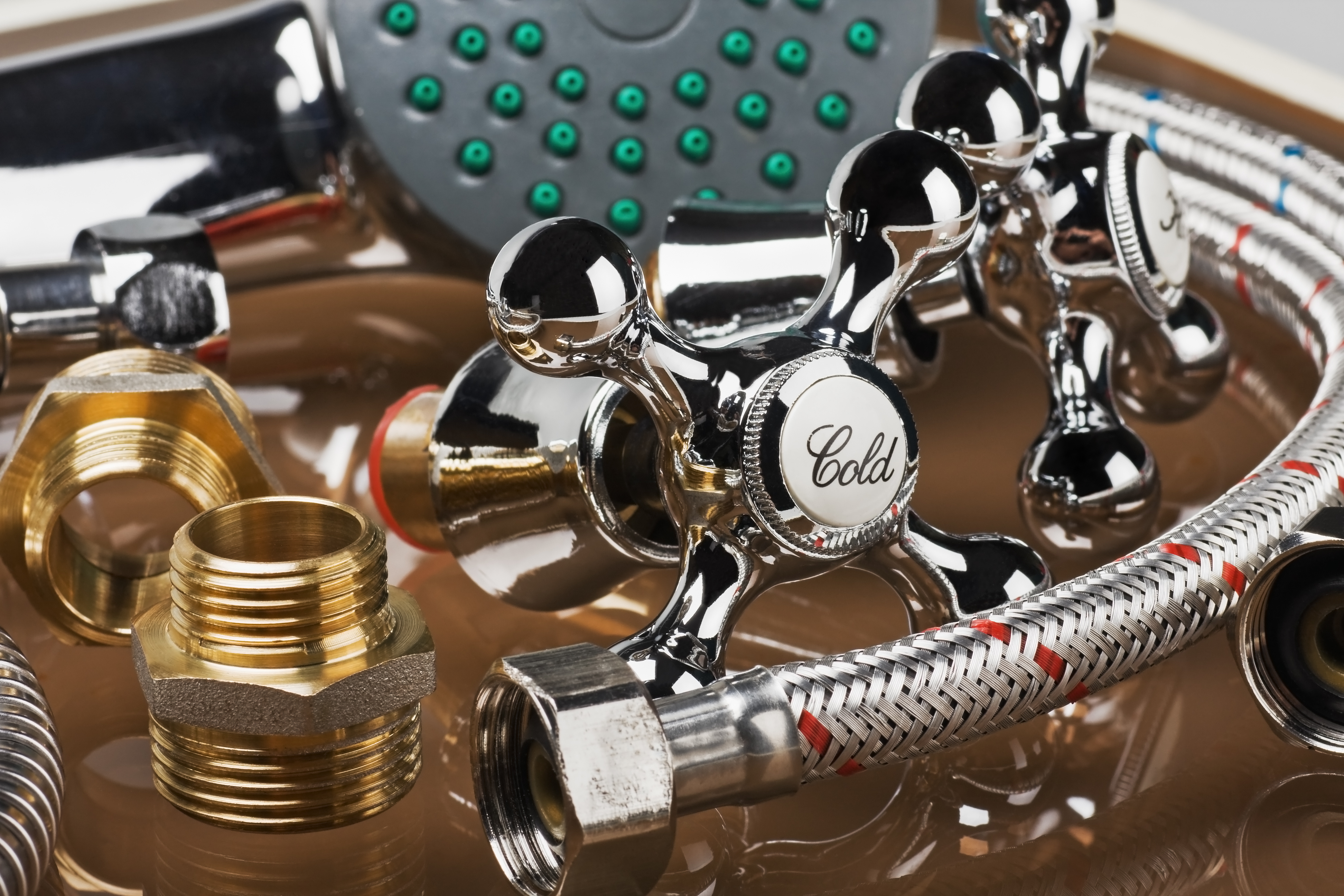
Toilet Parts

A Introductory Guide for Contractors, Property Management, and DIY Homeowners
When it comes to the essential fixtures in our homes, the toilet is undoubtedly at the top of the list. While it may seem like a simple appliance, a toilet consists of various intricate parts that work together to ensure smooth operation. Whether you're a contractor, property manager, or a DIY homeowner, understanding these components is crucial for maintenance and repairs. In this guide, we'll explore the vital toilet parts, their functions, and how to identify and fix common issues.
The Anatomy of a Toilet Tank
To begin our journey into the world of toilet parts, let's start with the most critical part of the toilet: the tank. Inside the tank, you'll find several key components responsible for flushing and refilling the toilet. These include:
1. Toilet Fill Valve
The fill valve, also known as the ballcock or float valve, is responsible for regulating the water level inside the tank. This crucial component controls the amount of water that enters the tank after each flush. When the toilet is flushed, the fill valve allows water to flow into the tank until the desired water level is reached, at which point it stops the flow.
2. Toilet Flush Valve
The toilet flush valve, sometimes referred to as the flush mechanism or flush assembly, is responsible for releasing the water from the tank into the toilet bowl when you flush the toilet. This action creates the necessary force to remove waste from the bowl. After flushing, the flush valve ensures the tank refills with water.
3. Toilet Flapper
The toilet flapper is a rubber or plastic seal that covers the flush valve opening at the bottom of the tank. When you flush the toilet, the flapper lifts, allowing water to rush into the bowl. Once the flushing is complete, the flapper returns to its closed position, sealing the tank and preventing water from continuously flowing into the bowl.
4. Overflow Tube
The overflow tube is a vertical tube that prevents the tank from overfilling with water. If the fill valve fails to shut off, excess water flows into the overflow tube and down into the bowl, preventing a messy overflow on your bathroom floor.
5. Tank Bolts and Gasket
Tank bolts secure the toilet tank to the bowl. A gasket or wax ring seals the connection between the tank and the bowl to prevent leaks. Properly sealed tank bolts and gaskets are crucial to maintaining a watertight toilet.
6. Water Supply Line
While not inside the tank, the water supply line is an important external component that connects your toilet to the water source. A faulty supply line can lead to leaks or water flow issues.
Identifying Your Toilet Parts
As a contractor, property manager, or DIY homeowner, it's essential to be able to identify the various toilet parts, especially when performing maintenance or repairs. You can do this by consulting a toilet parts diagram or looking at the components directly. Here's a quick overview:
Fill Valve: The floaty thing in a toilet tank is the fill valve. It's often located on the left side of the tank and connected to the water supply line.
Flush Valve and Flapper: These are typically found at the bottom center of the tank. The flush valve is the larger component, while the flapper is a rubber or plastic piece covering the flush valve opening.
Overflow Tube: The overflow tube is a tall, vertical structure located near the flush valve. It ensures the tank doesn't overflow.
Tank Bolts and Gasket: These are found at the bottom of the tank, securing it to the toilet bowl. The gasket or wax ring forms a watertight seal between the tank and the bowl.
Water Supply Line: The water supply line connects to the fill valve and extends from the wall or floor to the tank.
Maintenance and Replacement
Now that you can identify the various toilet parts, let's discuss maintenance and replacement. Regular maintenance is essential to ensure your toilet functions properly and efficiently. Here are some key points to consider:
How Often Should You Replace Toilet Tank Parts?
Toilet tank parts can wear out over time, and their lifespan can vary depending on factors like water quality and usage. However, as a general guideline:
Fill Valve: These components can last for several years, but if you notice issues with water flow or constant running, it may be time for a replacement.
Flush Valve and Flapper: These parts can also last for years, but if you experience frequent clogs or incomplete flushes, it's time to inspect and possibly replace them.
Overflow Tube, Tank Bolts, and Gasket: These parts can last a long time with proper installation. If you notice leaks, it's advisable to inspect and replace any damaged components.
How to Fix a Leaking Toilet Tank
A leaking toilet tank can waste a significant amount of water and lead to water damage if not addressed promptly. Here's how to fix a leaking toilet tank:
1. Turn off the Water: Shut off the water supply to the toilet by turning the valve located on the water supply line clockwise.
2. Flush the Toilet: Flush the toilet to empty the tank and remove most of the water.
3. Inspect for Leaks: Carefully examine the components in the tank, including the fill valve, flush valve, flapper, overflow tube, tank bolts, and gasket. Look for any signs of damage or deterioration.
4. Replace Faulty Parts: If you identify any damaged parts, such as a cracked flapper or a malfunctioning fill valve, replace them with compatible toilet parts. You can find toilet tank repair kits that include all the necessary components at plumbingsupplyandmore.com.
5. Check for Tightness: Ensure that tank bolts are securely tightened and that the gasket forms a proper seal between the tank and the bowl.
6. Turn the Water Back On: Turn the water supply valve counterclockwise to restore the water supply to the toilet.
7. Test for Leaks: Wait for the tank to fill, then flush the toilet and check for any signs of leaks. If the issue persists, recheck your work and consider seeking professional plumber assistance.
The Blue Thing in the Toilet Tank
You may have noticed a blue or sometimes red object in the toilet tank. This is typically a toilet bowl cleaner or disinfectant tablet. These tablets dissolve slowly in the tank water, releasing chemicals that help keep the toilet bowl clean with each flush. While they can be convenient, be sure to follow the manufacturer's instructions, as some tablets may damage toilet parts over time.
Can a Fill Valve Go Bad?
Yes, fill valves can go bad over time due to wear and tear, mineral deposits, or other factors. When a fill valve fails, you may experience issues like a constantly running toilet, inadequate flushing, or low water levels in the tank. If you encounter these problems, it's a clear sign that the fill valve needs to be replaced.
Why Does My Fill Valve Keep Running?
A fill valve that keeps running is a common toilet problem. Several factors can cause this issue, including:
• Debris: Sediment and debris can accumulate in the fill valve, preventing it from closing properly.
• Adjustment: The fill valve may need adjustment to set the correct water level in the tank.
• Worn Components: Over time, the components of the fill valve can wear out, leading to leaks and continuous running.
To address a constantly running fill valve, start by checking for debris and making any necessary adjustments. If the problem persists, it's advisable to replace the fill valve with a new one which can be purchased on plumbingsupplyandmore.com
In conclusion, understanding the various toilet parts and their functions is essential for contractors, property managers, and DIY homeowners. Regular maintenance and timely replacement of worn or damaged components can ensure your toilet operates efficiently and avoids costly water damage. By familiarizing yourself with the toilet parts names and their roles, you'll be better equipped to tackle toilet- related issues and keep your bathroom in top shape. For a wide selection of toilet parts and resources, visit PlumbingSupp lyandMore.com, your one-stop shop for all your plumbing needs. And for any repairs which you don’t feel comfortable to tackle, a licensed plumber is always the best choice.





